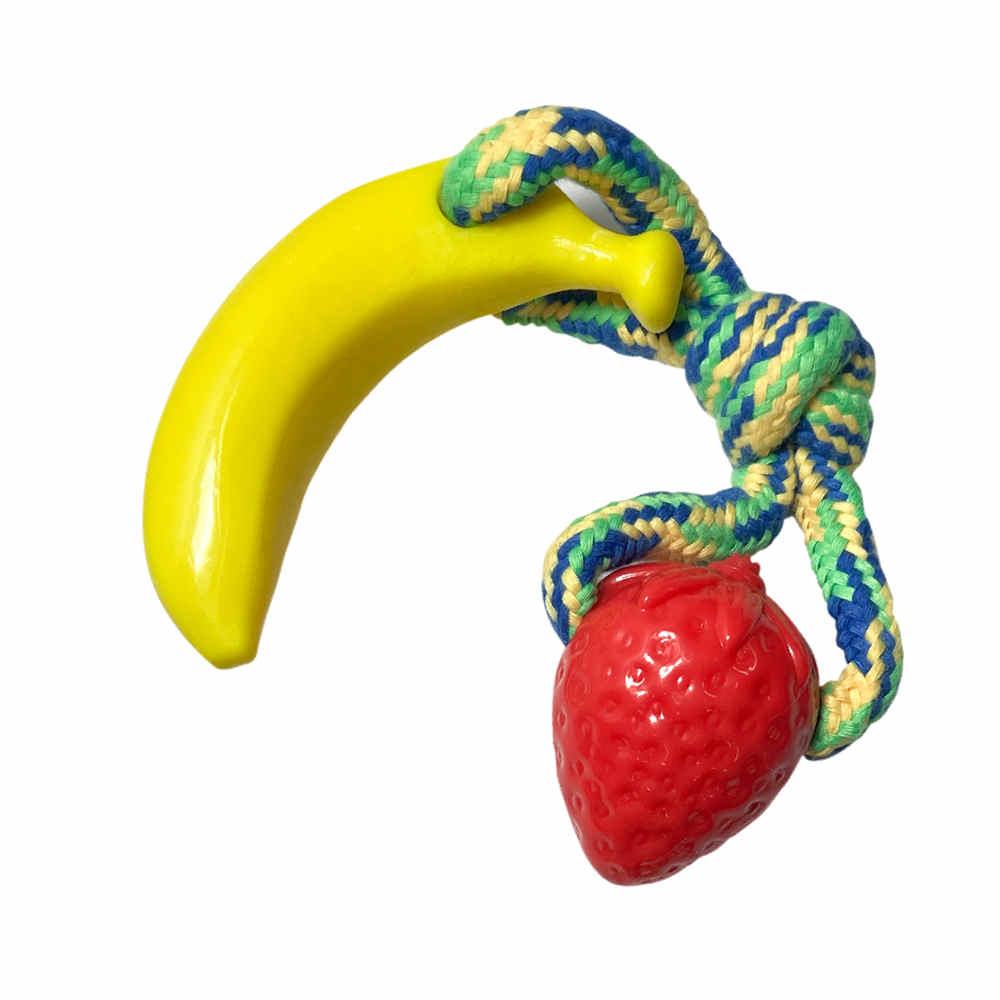As opposed to humans, dogs have completely different sensitivities to quiet objects and animals.
Just for example, when we throw food or a small ball to a dog, in the air he will stare closely at the movement of the food/toy and try to catch it with his mouth.

However, if we miscalculate or the arc of our throw is difficult to catch, resulting in the object falling directly to the ground. A dog cannot see the food directly, he will use his developed nose to sniff near the landing point to track the location of the dropped object. There is also a difference between dogs and humans in terms of vision. The term “20/20″ is used to represent the normal visual acuity of a human being. Since the structure of dog’s eyes is fundamentally different from that of human eyes, the visual acuity of dogs is only one-third of that of human beings. If we take the human standard as a reference, the visual acuity state of dogs is about “20/75”, that is to say: the image that a human can see clearly when standing at 75 feet can be seen clearly by a dog at 20 feet.
From this conclusion, the dog seems to be a bit “myopic”, but in fact, if the object is about 35-55 centimeters away from the dog, the dog tends not to see very well. So if you are looking for a still life that is close, the dog usually needs to use other senses to help it “search” for it, that is, just said that you need to smell to locate, of course, we can not therefore arbitrarily conclude that the dog is “far-sighted”.
Dogs have a wider field of vision. The dog’s eyes have a large number of optic rod cells, and can see objects that are stationary within 600 meters, and objects that are in constant motion at 800-900 meters. The optic rod cells are sensitive to low light and sensitive to the perception of moving objects, so when it is darker, the dog’s vision is rather much better than ours. That’s why there are watchdogs, right, which can see dangers at night that we humans can’t see. Also, dogs have a wider field of vision compared to humans. While a human’s field of vision is fan-shaped, with the visual axes of the two eyes parallel, a dog’s field of vision extends more to the sides, while the visual axes are spread out at about 20°. As a result, a dog’s field of vision can be 240°-250°, which is nearly 60°-70° larger than that of a human.
This value is not fixed, of course, and the shape of the bones, the position of the eyes, and the shape of the nose of different breeds can affect a dog’s field of vision. For example, a Berrington Terrier with eyes on either side of the dog can have trouble seeing objects in front of them and bumping into things when they are running across the room.

Optic rod cells are sensitive to the intensity of light and optic cone cells are sensitive to the color of objects. There are 3 types of cone cells in the human eye, while there are only 2 types of cone cells in the dog’s eye, and the dog lacks the optic vertebrae cells that sense the color red.
This situation is similar to our red-green color blindness, so when the dog can’t see the big red ball in the grass, you can switch to blue or purple ball to try!
While the world through the eyes of a dog, the colors may not be as complex as what we see. But God is fair, they can not distinguish too many colors, God gave them a sharper sense of hearing and accurate sense of smell.
To the dog, the world is so beautiful, even if you take it to see it may not be able to see it. But it will definitely remember the person who took it to see the world.
 ilemong
ilemong
